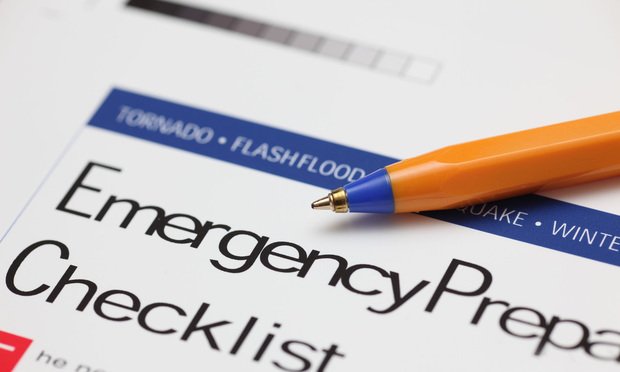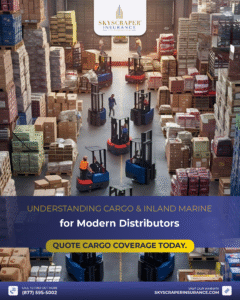The 2021 Atlantic hurricane season brought 20 named storms, four of which were Category 3 or higher, and the season isn’t over yet. California is recovering from the October “bomb cyclone” while also combating wildfires that have burned more than two million acres of land in this year alone. Winter will bring its own challenges, as the deep freeze event in Texas reminded us. These natural disasters underscore the importance of having a disaster preparedness and response plan in place.
Having a robust disaster response plan in place will not only help minimize loss from a natural disaster, but can also ensure the recovery goes as smoothly as possible. As companies struggle to get back up to speed post-pandemic, the importance of ensuring employee and customer safety, minimizing property damage and quickly getting back up to full operations after a natural disaster is crucial.
Evidence suggests that the risk of business-impacting natural disasters will only increase, and even if you are not in the direct path of an upcoming weather event, things can change in an instant. Having a proper preparedness and response plan should be considered a mandatory activity to optimize business continuity, whatever nature throws at us.
If and when disaster does strike, a robust business continuity plan needs to be in place and should address loss of use from natural hazards common to your location, such as hurricanes, tornadoes, floods, or wildfires, as well as accidental occurrences, such as electrical issues, fire and power outages. This plan should be shared with key staff well in advance of a natural disaster.
When it comes to developing your business continuity plan, there are three stages to guide you through:
- PREPARE
- Analyze and evaluate your business processes ( review what products are received through a supply chain) to determine how an interruption in any part of the process will affect your ability to continue operations.
- Identify critical equipment, utilities, employees, contractors, and storage and determine how any of these, if not functioning or available, would affect operations.
- Determine your product distribution processes including transportation equipment and operators and connections to supply chain customers, to spot potential weaknesses.
- Once the above components are identified, create a business continuity plan by identifying backup equipment, storage, distribution, employees, and contractors to fill potential gaps. Secure agreements in advance, to have them in place should an event occur.
- Document your plan with photos of the building, equipment, products, and other contents and identify any key components such as refrigeration, heat/utilities, transportation, weather-related conditions, security, communication systems, alternate buildings, and operations.
- Train staff and involve key local authorities in the plan execution.
- RESPOND
- Act early to put your plan into effect when any incident occurs that could cause a loss of a key operation or availability function. Hesitation could result in greater loss.
- Set up management of the event to monitor changes and implement your plan.
- Formalize a chain of command to address immediate tasks. Be flexible in your plan.
- Maintain communications with staff to assure that everyone is informed.
- Take action to mitigate the effects of the event. Secure the facilities and manage emergency backup systems (e.g., utilities, transportation).
- Document conditions with photos/videos for future reference.
- Alert incoming and outgoing supply chain partners of the event and potential needs and repercussions.
- RESTORE
- Ensure the property is safe to avoid personal injury.
- Promptly report your insurance claims either through your insurance broker or directly to your insurance carrier.
- Keep an insurance claims diary to document conversations and the commitments made.
- Take pictures or videos of the damage when it’s safe to do so.
- Complete emergency repairs and protect the property to mitigate further loss.
- Identify key contacts on your staff, each with assigned duties, to assist with the claim.
- Assemble financial information to assist with a business income claim.
- Retain all invoices and receipts and submit for claim consideration.
- Request advance payment from your carrier to assist with emergency expenses.
- Set up salvage operations.
- Manage production operations either on-site or in pre-planned off-site locations.
- Document the work progress and obtain invoices as quickly as possible.









